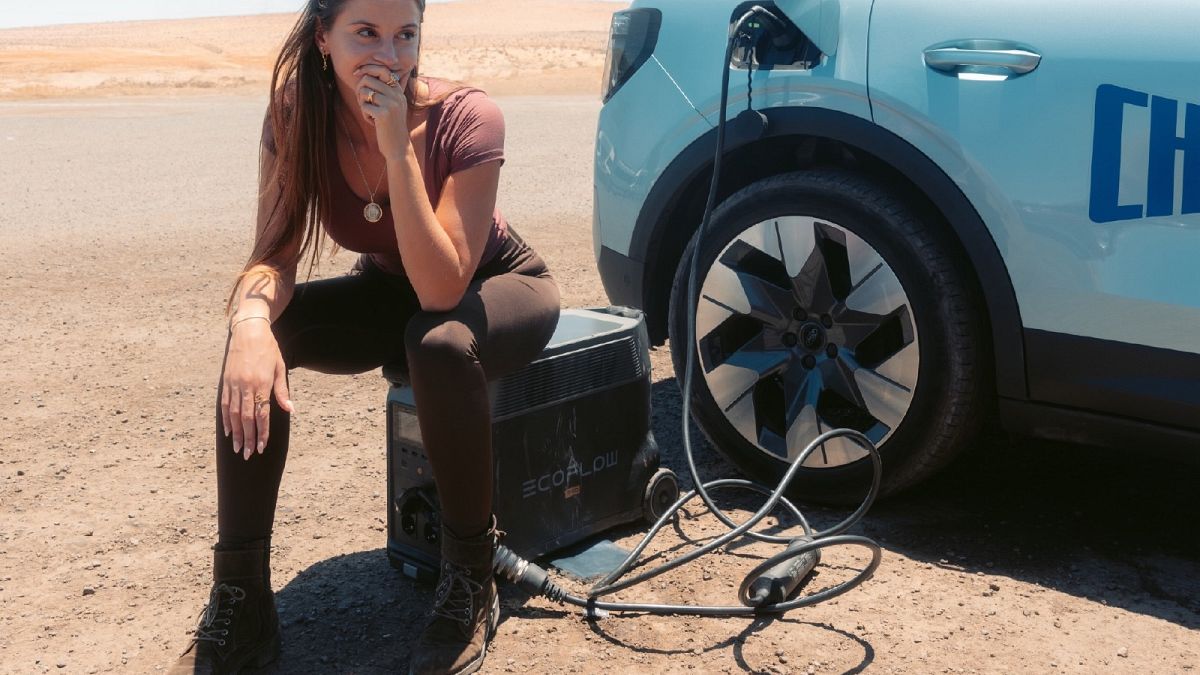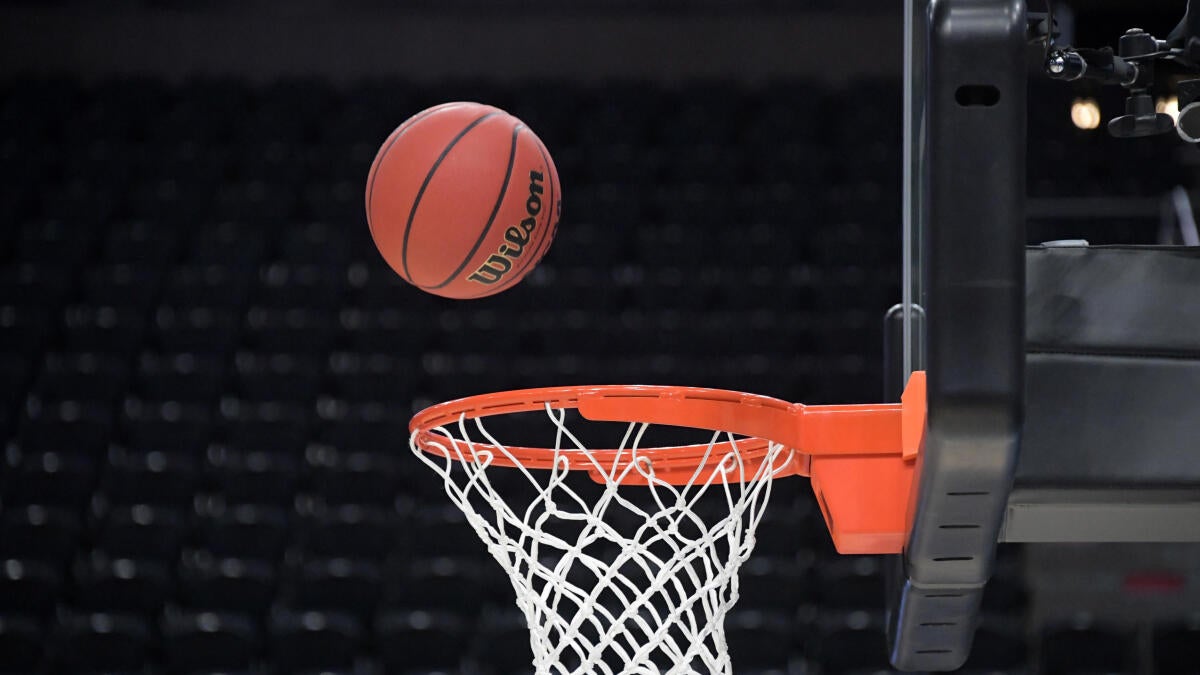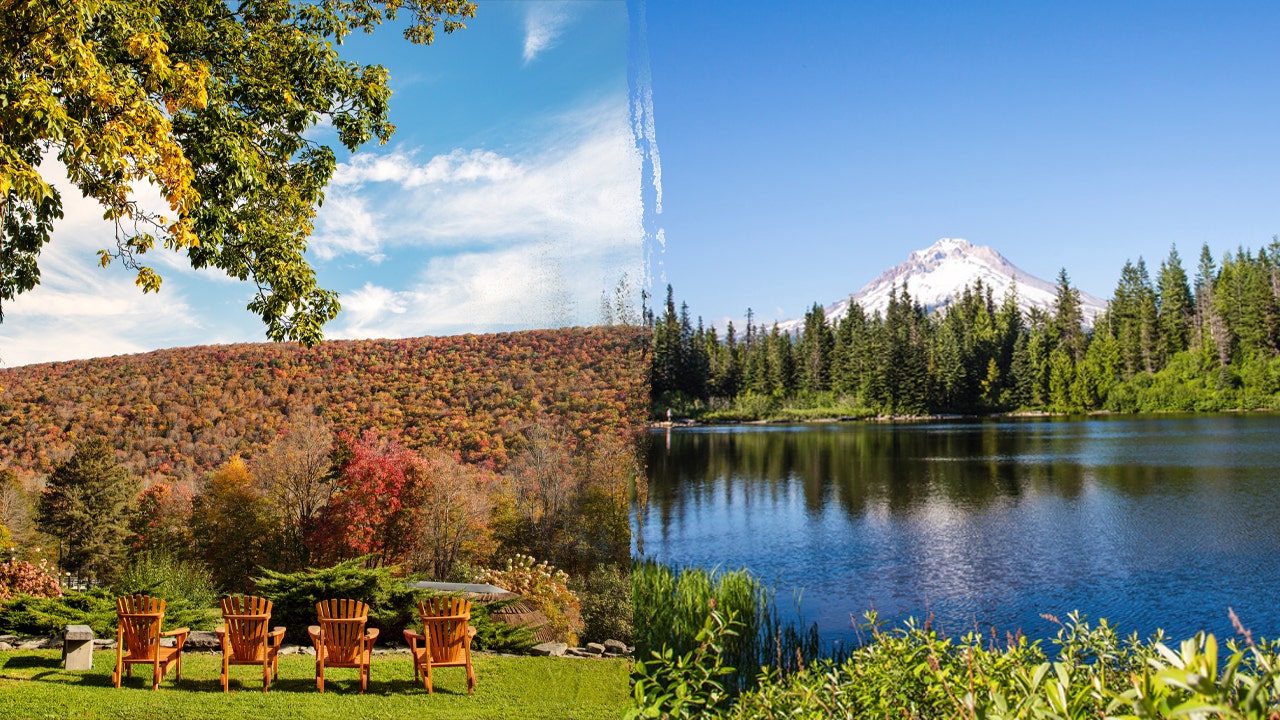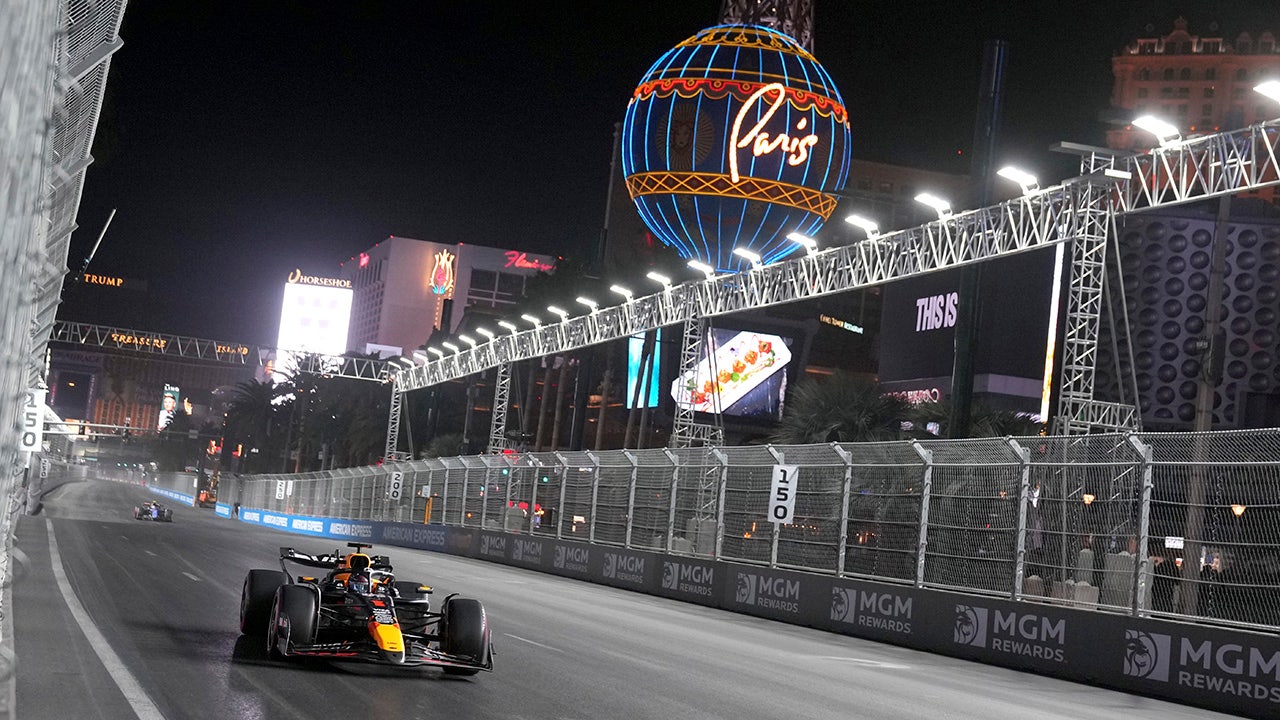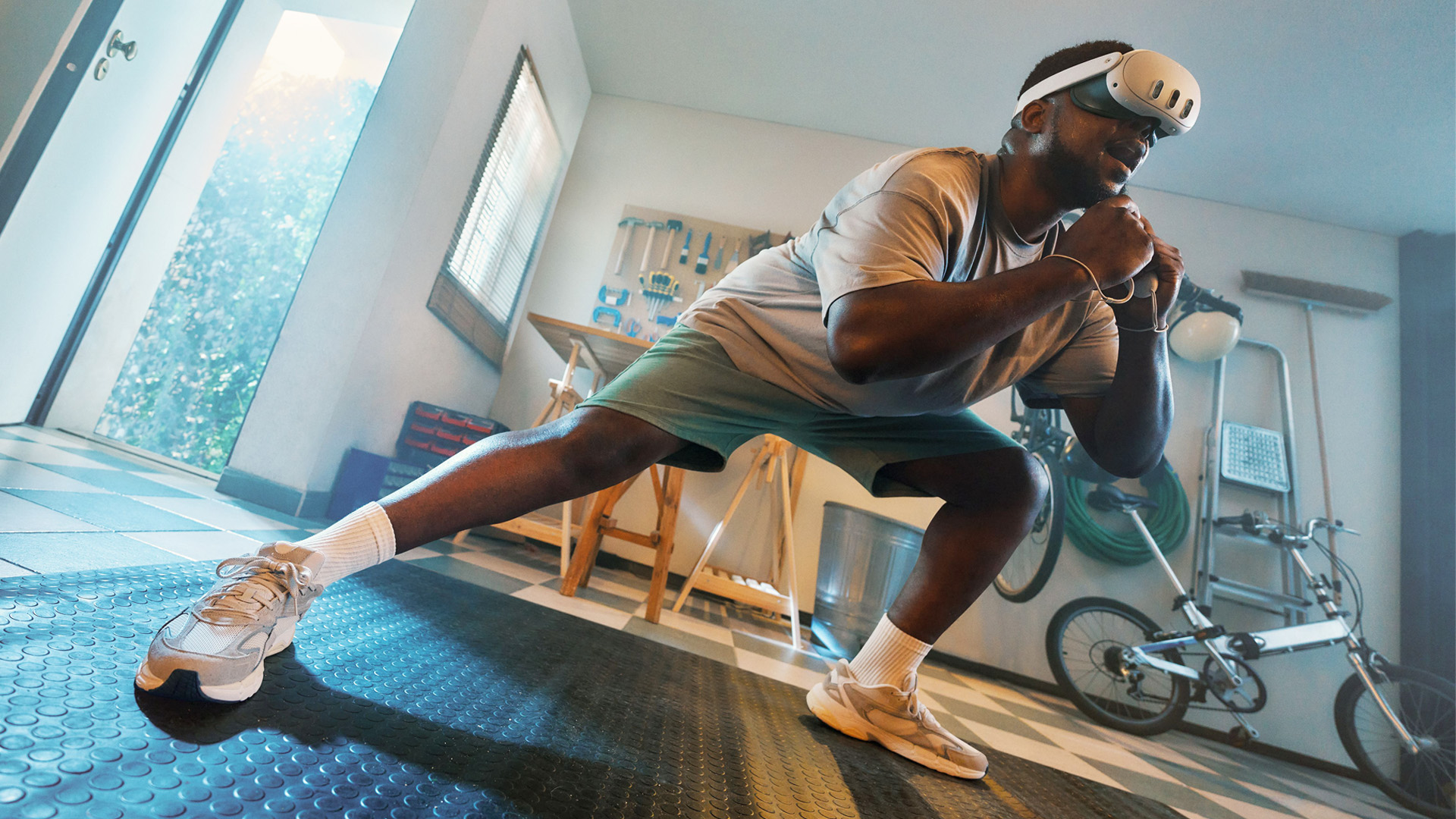Fitness
Fitness platform Form finds growing success in apparel sales, even outside of activewear
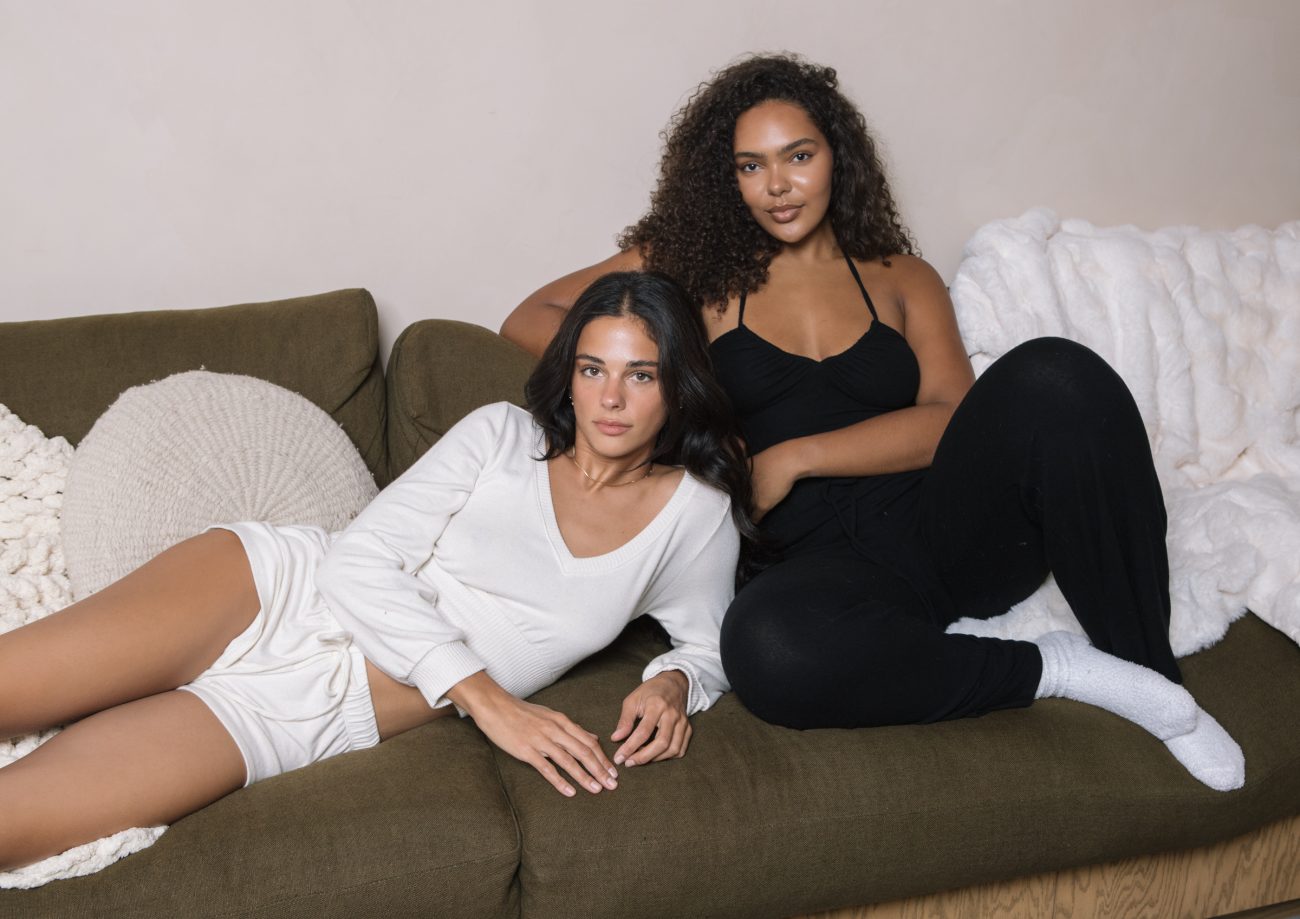
All products featured on Glossy Pop are independently selected by our editorial team. However, when you buy something through our retail links, we may earn an affiliate commission.
Based on demand, the company is now expanding into additional, adjacent apparel categories. In late September, it launched loungewear including a fitted zip-up hoodie, a square-neck tank, a boatneck long-sleeve top, fold-over pants and fold-over shorts in trend-forward neutral shades.
More recently, on Monday, Form launched styles in pointelle fabric that wear like pajamas. And later this month, it will debut knit sets.
The stats show that the Form community has an appetite for both its workouts — now taught by Clarke and an additional 2 instructors — and its clothing. The workout platform, which costs $120 per year to access, currently boasts 60,000 subscribers, up from 30,000 in 2022 and 12,000 in 2021. When it launched in April, the brand’s Layered Bra sold out in under nine minutes — it had produced 2,500 units. The brand has seen a 50/50 split, in terms of new and returning customers for each apparel drop. And 70% of apparel customers have made a second purchase. Form’s apparel alone has driven $1.3 million to date. The company projects it will finish the year with $12 million in annual revenue across apparel and its membership business.
According to Bernstein, Form followers want to buy into the new categories it creates and are willing to follow its founders’ leads as they create based on what they want and where their lives are taking them.
“We create for our dream closets, our dream wardrobe,” Clarke said. “We wear our activewear all day, but we also want layering pieces [like our loungewear] for running errands and sets you can grab that you don’t have to think about [like the pointelle].”
At the same time, the founders are in constant dialog with Form’s fans about what they want, they said. Both are influencers in their own right — Clarke has 610,000 followers on Instagram and Bernstein has 134,000. The Form platform has 291,000, and a page dedicated to its activewear has an additional 26,000.
In Form’s first year, it grew solely organically, and it began lightly testing paid media in its second year. Now, it is heavily investing, primarily on Meta. “We definitely spend more on the subscription acquisition side, but we do spend a decent amount on the apparel side of the business, and we’re seeing a healthy ROI on that investment,” Bernstein said.
Fitness instructors and company founders have become well-known personalities, particularly since the start of Covid when people had no choice but to work out at home. The Sculpt Society, founded by Megan Roup, also sells an expanding line of workout apparel, and Melissa Wood Health, founded by Melissa Wood-Tepperberg, offers branded workout equipment including mats and weights.
“We have such different girls in our community, from the pilates girls to the girls who only do hot girl walks to the girls who want to feel good in their HIIT classes or feel sexy and put together,” Clarke said. “We [often] hear from our girls that they haven’t taken off their lounge set for three days, so we know we are doing something right.”
“I personally get tagged in 50 Instagram Stories a day of girls wearing Form,” said Bernstein.
Clarke owed the apparel’s popularity, in part, to its fabric quality. Form’s in-house creative director designs the styles.
“The women who are working out with us, eating with us and practicing mindfulness with us are also shopping with us,” Bernstein said. “It’s a holistic brand, not just a platform — it’s a lifestyle people want to live. They want to wear the leggings, wear the sports bra, listen to the podcast and make the recipe.”


